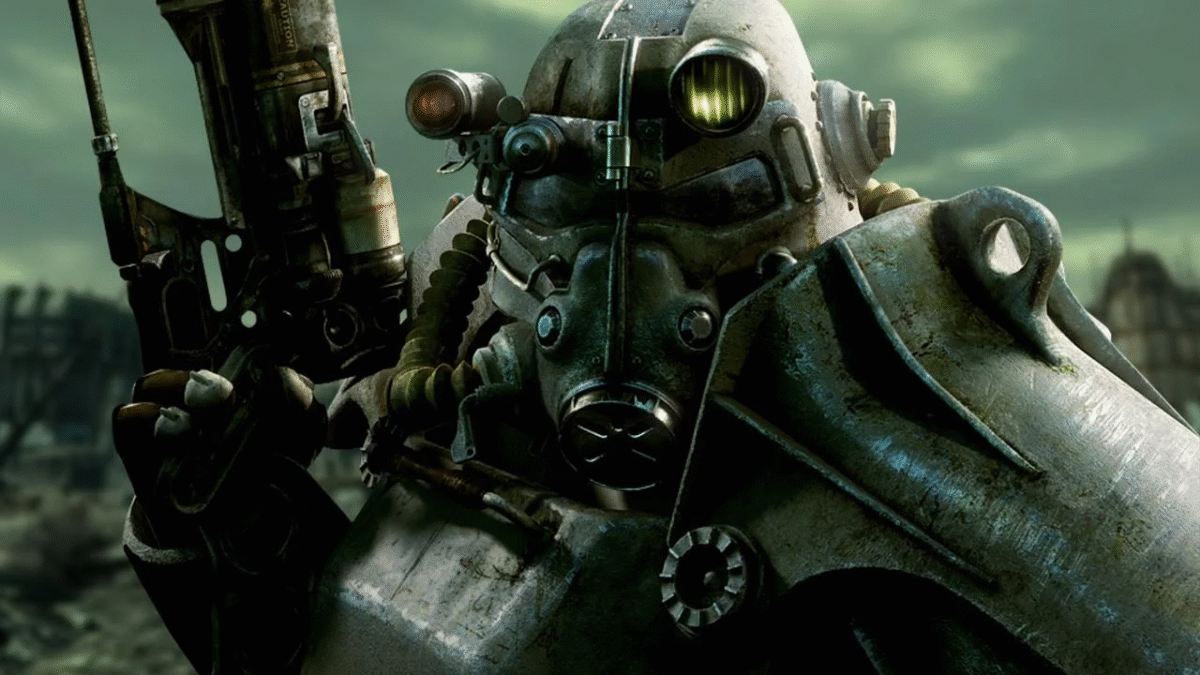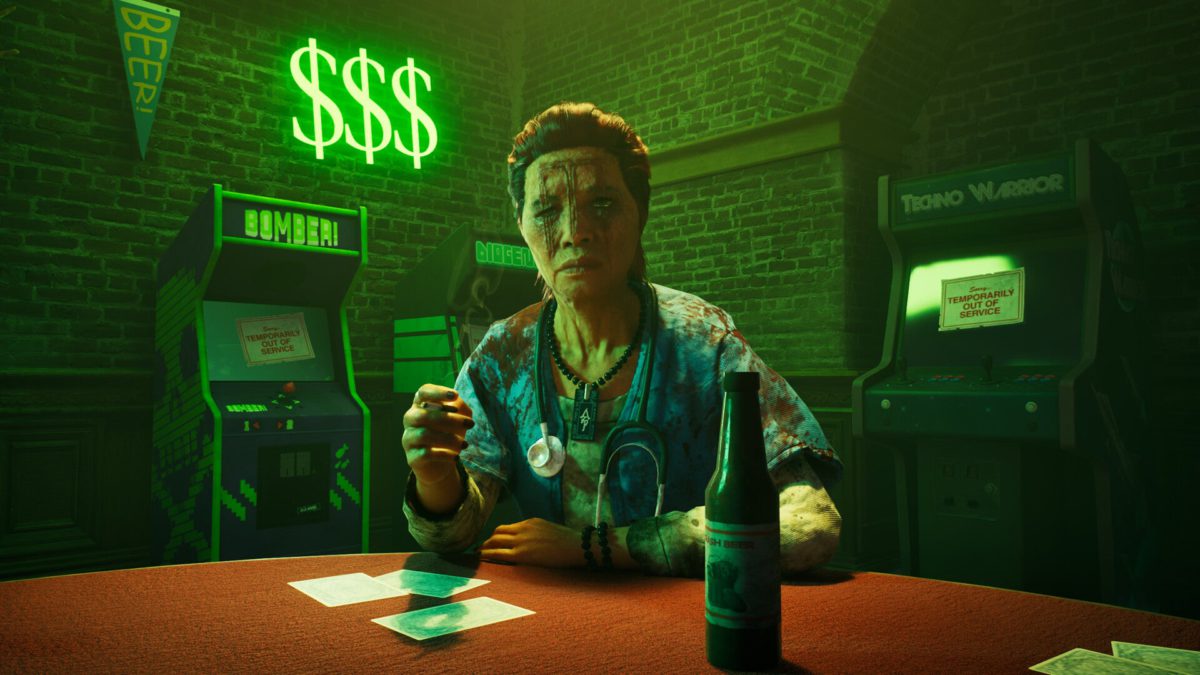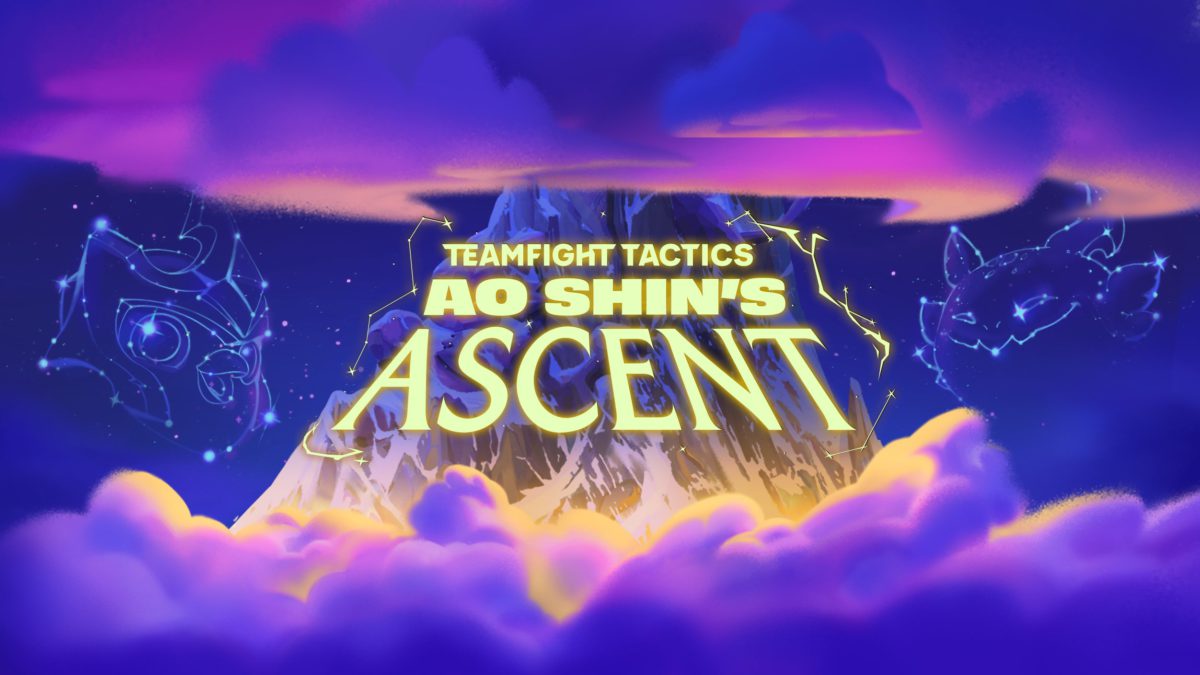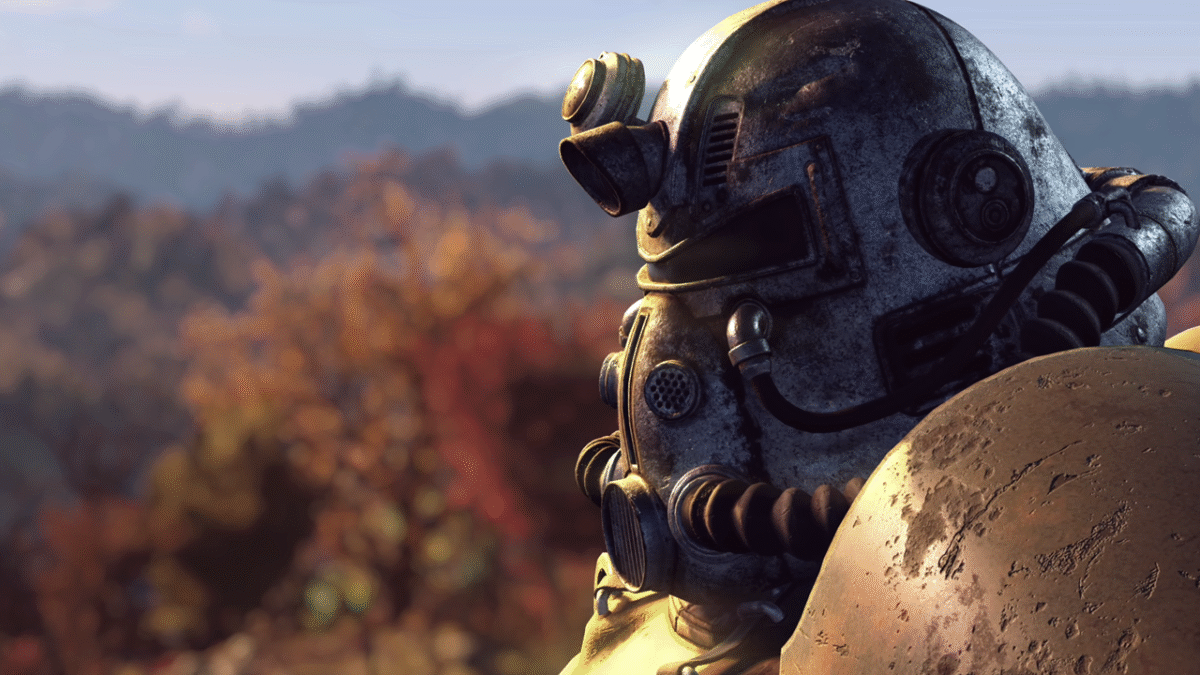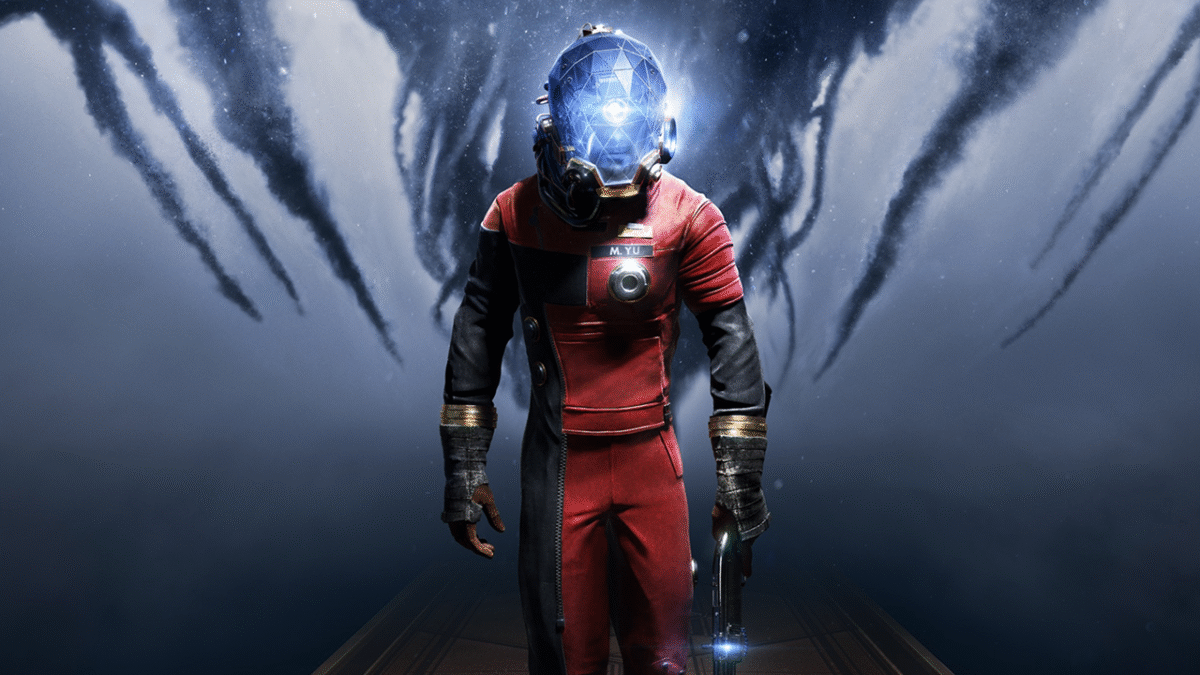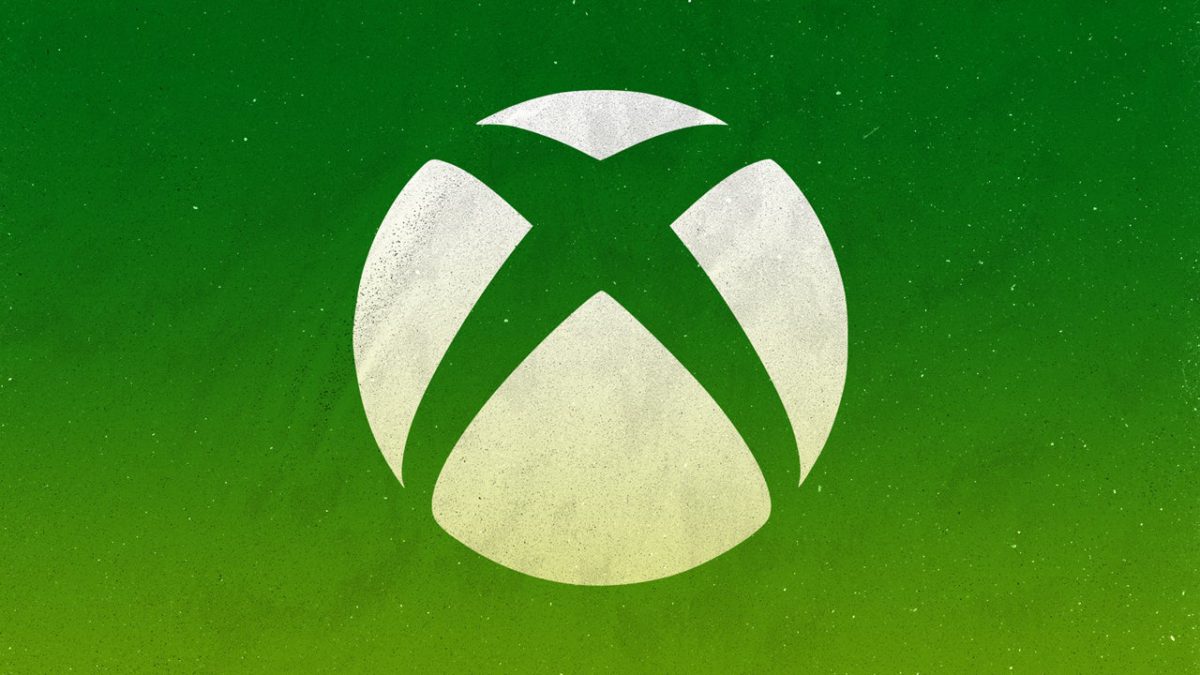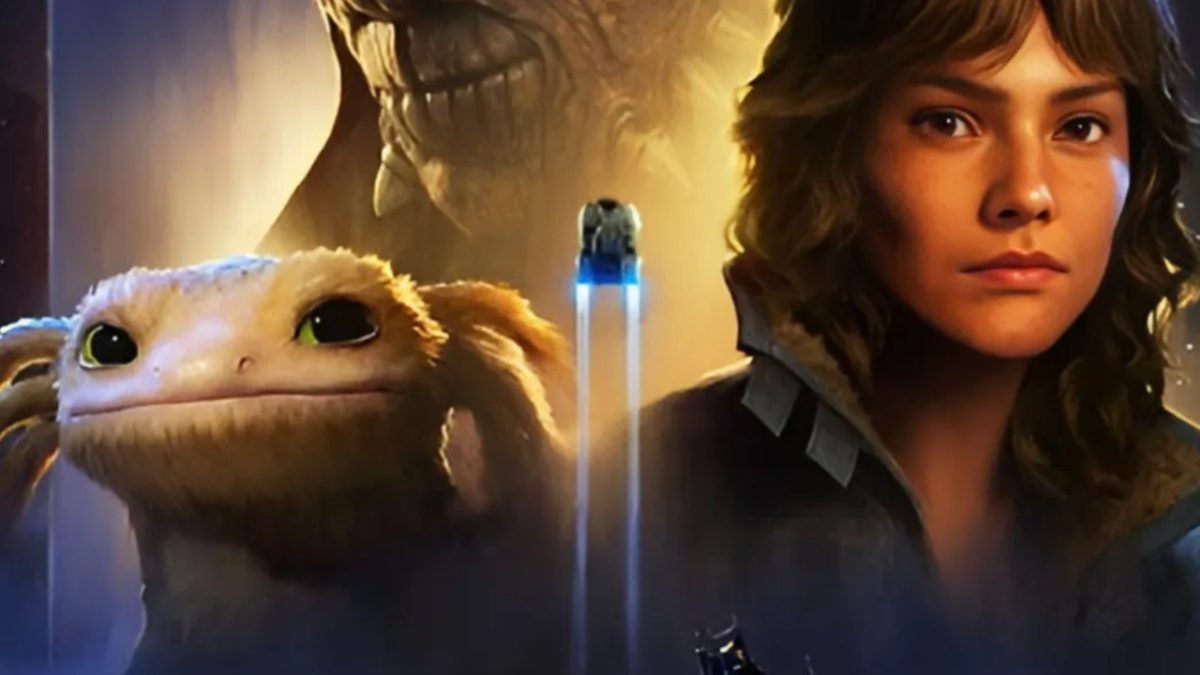
Fallout studio Bethesda Softworks has been through a lot in the last few decades, and former marketing boss Pete Hines was there to see it through almost all of its changes.
Hines touched on how Bethesda became a gaming giant during a recent interview with DBLTAP. In addition to providing his perspective on the company’s early days, he took the time to recount how some of its biggest victories and hardest falls helped shape it into what it is today.
Hines started with Bethesda in October 1999, seeing it through everything from the launch of The Elder Scrolls 3: Morrowind in 2002, to Skyrim in 2011, to Fallout 76 in 2018. He also remained as a key figure at the gaming publisher throughout Microsoft’s acquisition of Bethesda parent company ZeniMax Media, which was completed in 2021, before going on to announce his retirement in 2023.
Hines brought his time at Bethesda to an end after 24 years. However, it seems it was the quieter moments working with ZeniMax founder and CEO Robert Altman, who passed away in 2021, that he remembers most fondly.
“It was Robert Altman’s company, and we were his employees, no question,” Hines said. “But he treated us more like family, and we found a culture that really fit us. When it was working, it was magical. We were a small, private company. It’s way easier to stay out of scrutiny when you’re not having to put your earnings reports out for the whole world.”
Bethesda, which now serves under the titan that is Microsoft, encompasses a variety of different game studios. This includes its development arm, Bethesda Game Studios, Doom developer id Software, Deathloop developer Arkane Studios, Wolfenstein studio MachineGames, and The Elder Scrolls Online studio ZeniMax Online.
Gamers have turned to the company for everything from giant, trend-setting RPGs to laser-focused first-person shooters, but in 2024, the Bethesda umbrella shrunk. Just three years after Microsoft completed its acquisition, the Xbox company announced it would be shutting down Redfall developer Arkane Austin and Hi-Fi Rush studio Tango Gameworks (Tango was later acquired by Krafton).
Bethesda has gone through major shifts both before and after the Microsoft acquisition. For better or worse, Hines says there’s no denying the company he started at in 1999 has changed.
“There’s just no question that the company is not the same,” he added. “It has been radically changed and altered from the company that we built. It is what it is. Things change. Things move on, but at its height, it was really a special thing to be a part of.”
Elsewhere in the interview with Hines, the former Bethesda executive touched on how he fought to change the name of Arkane’s Prey, as well as his thoughts on gaming subscription services like Game Pass. He also remembered the controversy surrounding Fallout 76 and how it led to “probably the dumbest thing” he ever did at Bethesda.
For more, you can read about how Bethesda became the first Microsoft game studio to fully unionize. You can also check out why one Bethesda veteran believes games like Fallout and The Elder Scrolls will always have load screens.
Michael Cripe is a freelance writer with IGN. He’s best known for his work at sites like The Pitch, The Escapist, and OnlySP. Be sure to give him a follow on Bluesky (@mikecripe.bsky.social) and Twitter (@MikeCripe).

